10 Tips For Growing Kale in Pots or Containers
In the world of container gardening, kale is a versatile and nutritious leafy green that’s easy to grow. Whether you’re short on space or simply want to keep your garden compact and manageable, growing kale in pots or containers can be a rewarding experience. To help you achieve the best results, we’ve compiled a list of 10 essential tips for growing kale in containers. By following these guidelines, you can produce an abundant supply of fresh, healthy kale right at your doorstep.
1. Choose the Right Container
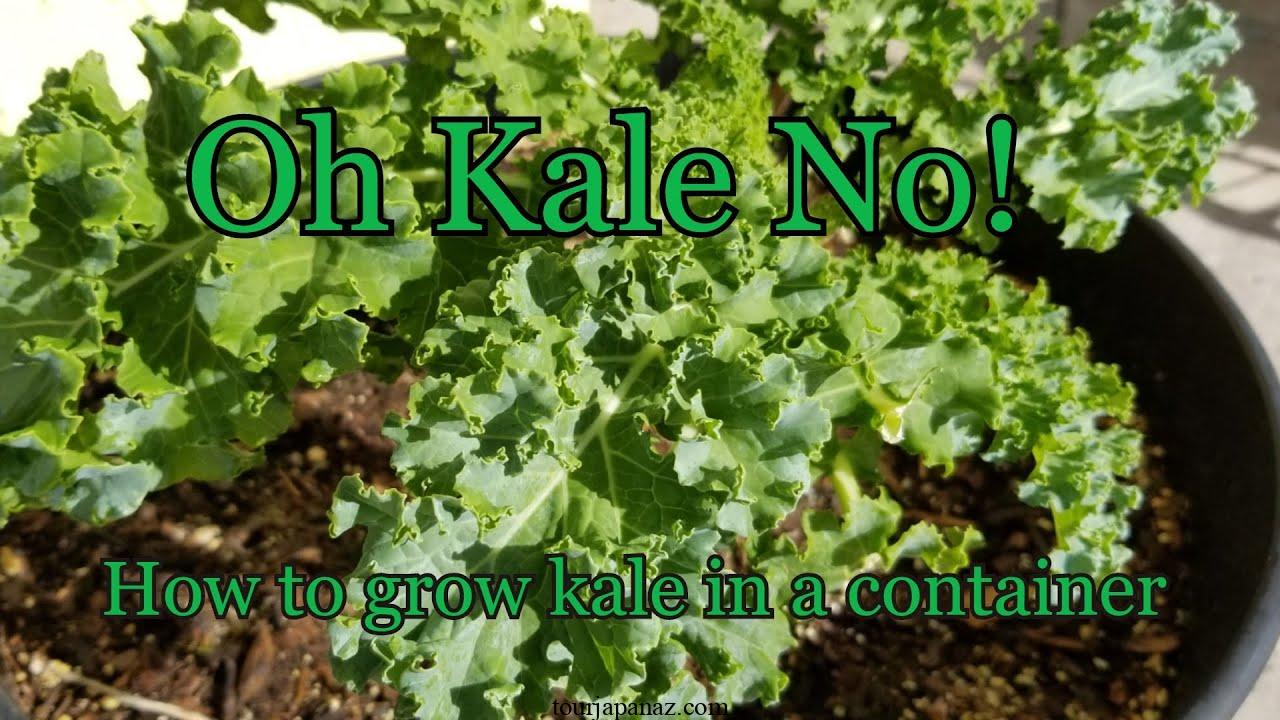
Selecting the right container is crucial for the success of your kale-growing endeavor. Opt for pots or containers that are at least 12 inches deep and have a diameter of 18 inches or more. These dimensions provide ample space for kale roots to grow and allow for proper drainage.
2. Use High-Quality Potting Mix
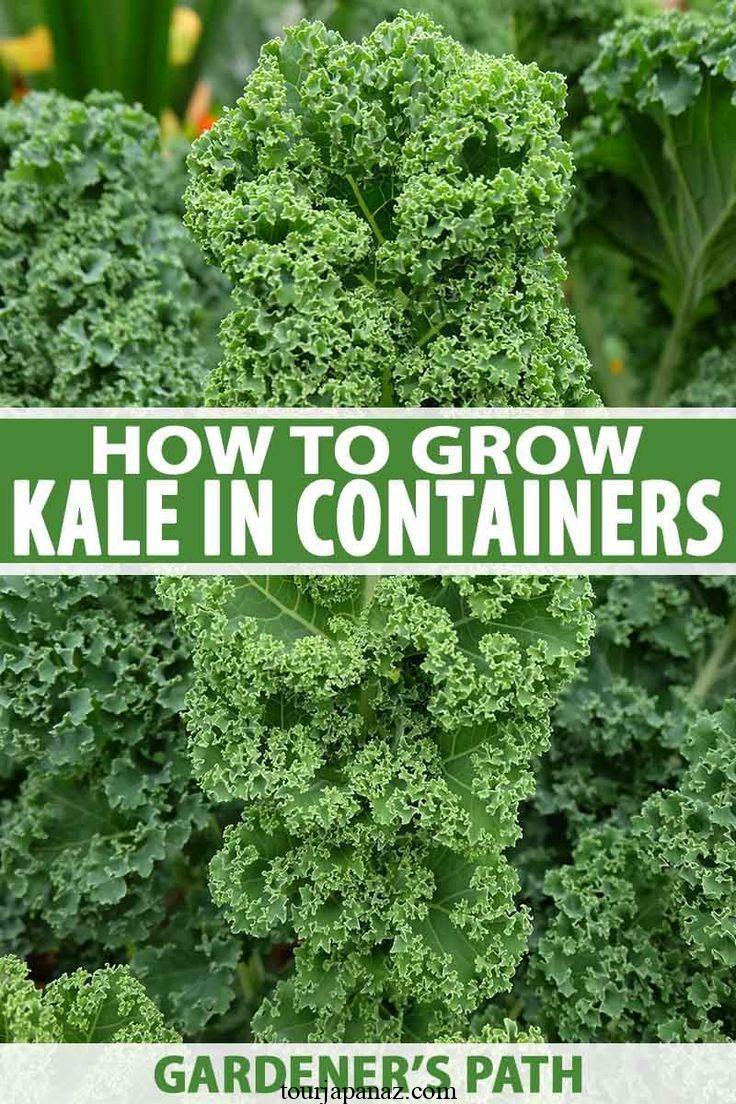
Kale thrives in well-draining, nutrient-rich soil. It’s essential to use a high-quality potting mix that provides the necessary nutrients and allows for proper water drainage. Look for a mix that contains organic matter, compost, and perlite to create an optimal environment for kale growth.
3. Pick the Right Kale Variety
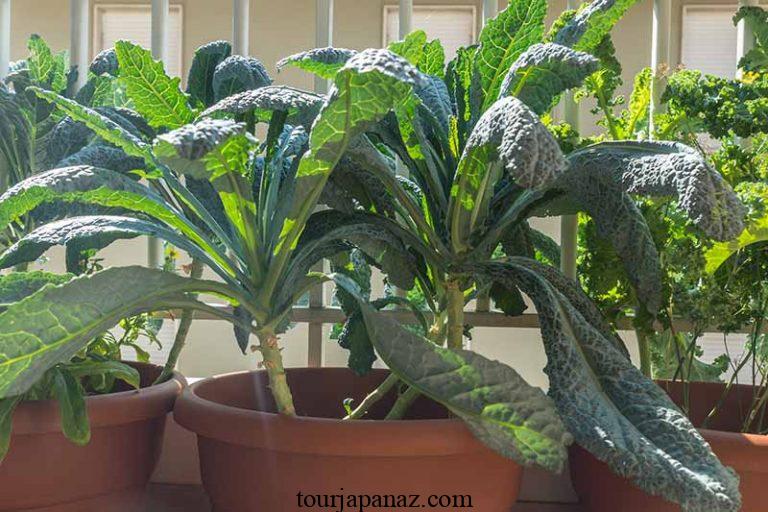
There are several kale varieties to choose from, including Lacinato, Curly Kale, and Red Russian Kale. Consider your taste preferences and the available space when selecting the right variety for your container garden. Different kale varieties offer unique flavors and textures, so choose the one that suits your palate.
4. Plant at the Right Time
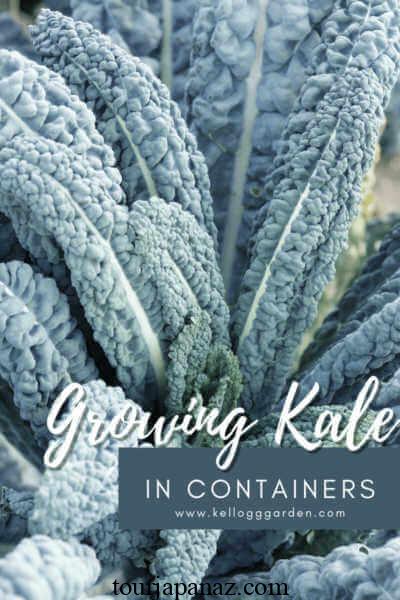
Kale is a cool-season crop and thrives in mild temperatures. To ensure successful growth, plant your kale in early spring or late summer. Avoid planting in the scorching heat of summer or the freezing cold of winter to prevent stress on your kale plants.
5. Provide Adequate Sunlight
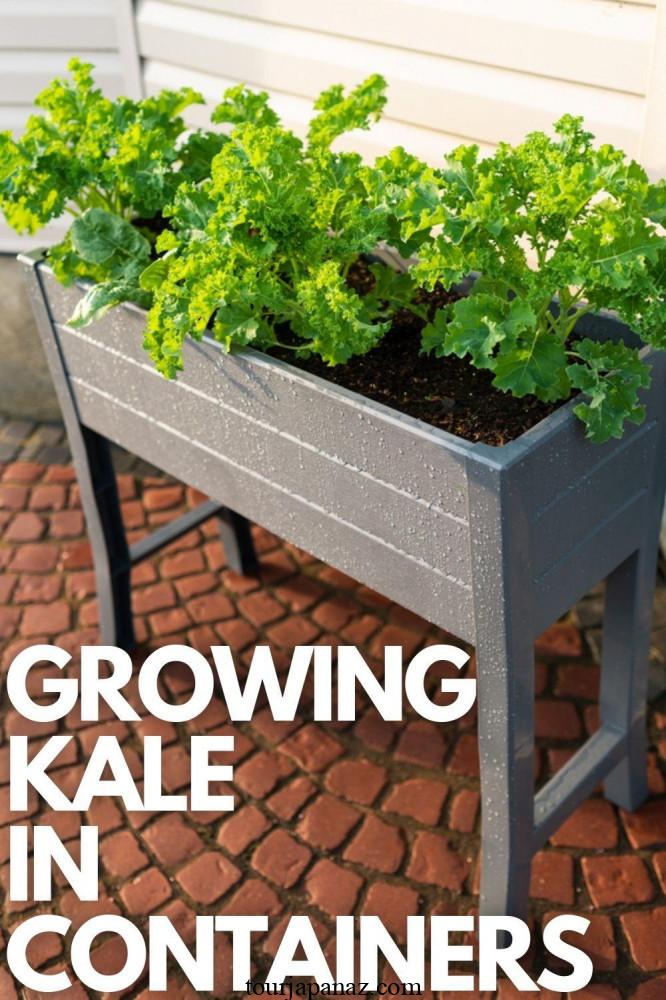
Kale loves sunlight. Ensure that your containers receive at least 6 hours of direct sunlight per day. If you’re in an area with scorching summer heat, consider providing some shade during the hottest parts of the day to prevent wilting.
6. Watering Routine
Consistent and thorough watering is essential for kale’s health. Keep the soil consistently moist, but be cautious not to overwater, as kale roots don’t like to sit in standing water. Water the soil at the base of the plant to avoid wetting the leaves, which can lead to diseases.
7. Fertilize Wisely
Kale is a nutrient-hungry plant. Feed your kale every 4-6 weeks with a balanced, slow-release fertilizer. Ensure it contains essential macronutrients like nitrogen, phosphorus, and potassium to promote vigorous growth and abundant foliage.
8. Pest Control
Kale is relatively resistant to pests, but it can still fall victim to aphids, cabbage worms, and snails. Keep an eye out for any signs of infestation and promptly address the issue with organic pest control methods to protect your kale crop.
9. Harvesting Kale
Kale leaves are ready for harvest when they reach the desired size, typically 6 to 8 inches in length. Harvest the older, outer leaves first, leaving the younger leaves at the center of the plant to continue growing. Regular harvesting encourages continuous production.
10. Container Maintenance
Regularly inspect your containers for any signs of wear and tear. Ensure they are stable and well-supported. Replace the potting mix every year to provide a fresh, nutrient-rich environment for your kale.
FAQs:
Q1: Can I grow kale in small containers?
A1: While larger containers are ideal for kale, you can use smaller ones, but make sure they are at least 6 inches deep to accommodate kale roots.
Q2: How often should I fertilize kale in containers?
A2: Fertilize kale every 4-6 weeks using a balanced, slow-release fertilizer.
Q3: What is the best kale variety for containers?
A3: You can grow various kale varieties in containers, but Lacinato and Curly Kale are popular choices.
Q4: How do I prevent pest infestations in my container garden?
A4: Keep a watchful eye for pests and use organic pest control methods if needed.
Q5: Can I grow kale year-round in containers?
A5: Kale is a cool-season crop, so it’s best to plant it in early spring or late summer. It might not thrive in extreme heat or cold.
tag
- chicken feed
- how to Keep Chickens Off Your Porch
- How to grow oyster mushrooms at home
- Growing Kale in Pots

No Responses